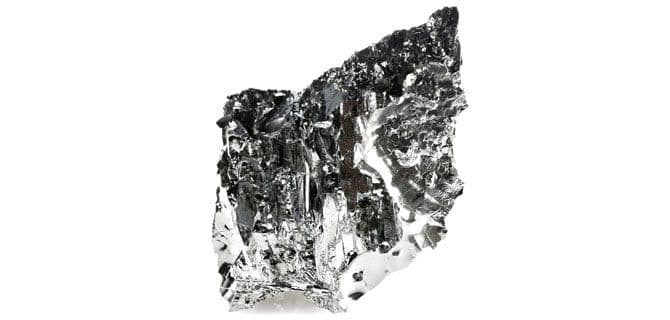Human activity has contributed to a widespread rise in tellurium contamination over the past century, according to a new study. Tellurium from industrial sources, including metal smelting and coal burning, contaminates not only the local environment but also distant, remote areas, the study shows. This increased deposition and long-range transport could make tellurium an emerging […]

Human activity has contributed to a widespread rise in tellurium contamination over the past century, according to a new study. Tellurium from industrial sources, including metal smelting and coal burning, contaminates not only the local environment but also distant, remote areas, the study shows. This increased deposition and long-range transport could make tellurium an emerging contaminant of concern, the authors say.
Tellurium is toxic in some forms, and occurs naturally in the Earth’s crust and oceans at very low concentrations. Most of the tellurium produced for industrial use, such as for solar panels, is gathered as a by-product of copper smelting. This production process is inefficient, losing almost 90% of the tellurium to tailings and the atmosphere, says co-lead author Jane L. Kirk of Environment & Climate Change Canada’s Aquatic Contaminants Research Division.
Kirk, Johan A. Wiklund, and their colleagues analyzed 22 sediment cores from lakes throughout Canada to trace deposition of tellurium over the past century. Tellurium deposition increased near industrial sources, including a 100-fold increase near a copper-zinc smelter in Manitoba after it opened in 1930. Tellurium contamination in lakes in remote Ontario far from industrial sources also increased up to 10-fold above preindustrial levels.
Tellurium deposition may continue to grow, Kirk says, due to increases in global coal burning and rising demand for tellurium in the electronics sector: Worldwide tellurium production grew fivefold between 2000 and 2010. Beyond improving tellurium production efficiency, future work is needed to understand how far tellurium travels and whether it accumulates in aquatic food webs, Kirk says.
